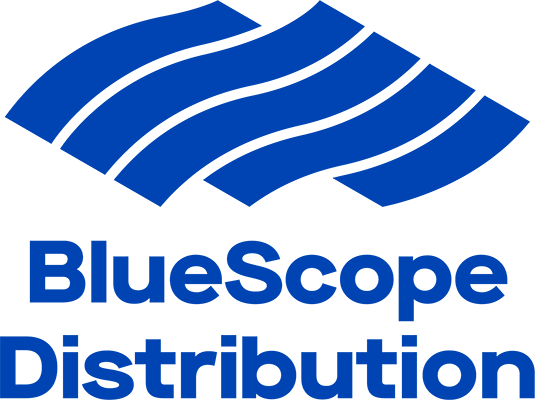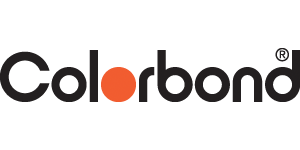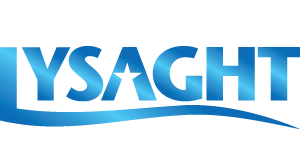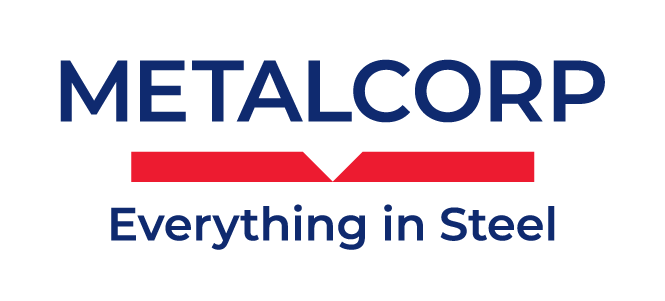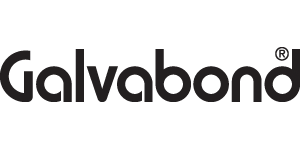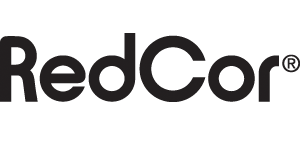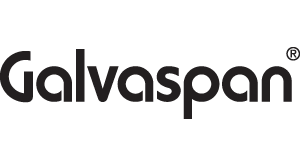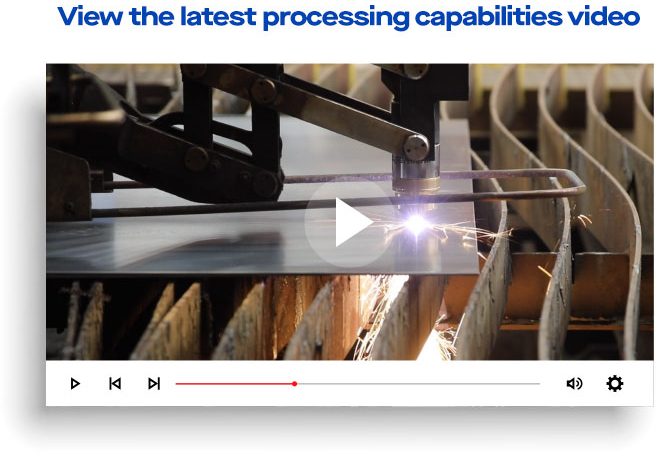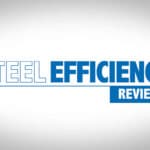Aluminium 5083 Data Sheet
5083 Overview
5083 is a non-heat treatable alloy with the highest strength of the 5000 series alloys, having exceptional performance in extreme atmospheric conditions with high corrosion resistance to salt-water and industrial chemicals. H321 temper is the most common in BlueScope Distribution’s range of products. 5083 is available in both rolled sheet and rolled plate.
5083 Mass Conversion Factor: Kilograms (kg) per millimeter per square metre = 2.66kg
Common Applications
5083 is used in sheet and plate applications including defence, architecture, civil infrastructure, construction, food processing, automotive, transport, pressure vessels, mining, renewables and agriculture.
Specified under global maritime standards ASTM B928M, 5083 H321 or 5083 H116 when certified are saleable to marine customers for ship and boat building. Though critical for marine customers, BlueScope Distribution’s DNV certified aluminium plate can be utilised for a range of applications. Our product is ordered to both AS/NZS 1734:1997 & ASTM B928M standards.
Welding
5083 has excellent weldability by all standard methods especially with GMAW (MIG) and GTAW (TIG). Filler alloy 5356 is the most common filler alloy dependant on alloy joining combinations. Other 5xxx series filler alloys are available producing varying strengths.
Machining
5083 has good machinability. Harder tempers = good, softer tempers = fair.
Similar Products
Alloys 5005, 5052, 5251, 5383 may be offered as a alternative to 5083. All of these 5xxx series alloys have varying chemical and mechanical properties to suit applications from low to high strength.
|
Chemical Composition Specification (%) Single values are maxima except as noted |
||||||||||
| Alloy | Si | Fe | Cu | Mn | Mg | Cr | Zn | Ti | Other | |
| Each | Total | |||||||||
| 5083 | 0.40 | 0.40 | 0.10 | 0.40-1.0 | 4.0-4.9 | 0.05-0.25 | 0.25 | 0.15 | 0.05 | 0.15 |
| 5383 | 0.25 | 0.25 | 0.20 | 0.70-1.0 | 4.0-5.2 | 0.25 | 0.40 | 0.15 | 0.05 | 0.15 |
|
Mechanical Property Specification – Single values are maxima except as noted |
|||||||
| Alloy and Temper | Thickness mm | Tensile Strength | Elongation (% min in 50mm) | ||||
| Over | Up to | Ultimate | Yield | ||||
| Min | Max | Min | Max | ||||
| 5083-0 | 1.2 | 40 | 275 | 350 | 125 | 200 | 16 |
| 5083-H112 | 6.3 | 40 | 275 | – | 125 | – | 10-12 |
| 5083-H32 | 3.2 | 40 | 305 | 385 | 215 | – | 10-12 |
| 5083-H321 | 3 | 40 | 305 | 385 | 215 | 295 | 10 |
| 5083-H116 | 3 | 40 | 305 | – | 215 | – | 10 |
| 5383-H321 | 3 | 50 | 305 | 380 | 220 | – | 10 |
| 5383-H116 | 3 | 50 | 305 | – | 220 | – | 10 |
Bend radii
|
Recommended Minimum Bend Radii for 90-Degree Cold Forming of Sheet of 5083 (Reference test method – ASTM E290) Thickness (t) |
||||||
| Temper | 1.6mm | 3.2mm | 4.8mm | 6mm | 10mm | 12mm |
| O | ½t | 1t | 1t | 1t | 1½t | 1½t |
| H32 | 1t | 1½t | 1½t | 1½t | 2t | 2½t |
| H321 | 1t | 1½t | 1½t | 1½t | 2t | 2½t |
| H116 | N/A | N/A | N/A | N/A | N/A | N/A |
|
Bend radii listed are minimum recommendations only for bending plates without fracture. Application method based on cold forming in a standard press brake with air bend dies. Alternative types of bending operations may require larger radii or smaller radii. Tooling quality and design may vary radii outcomes. |
||||||
Standards Referenced
AS/NZS 1734:1997 Reconfirmed 2020 – Aluminium and Aluminium alloys – Flat sheet, coiled sheet, and plate. ASTM B209M – 14. Standard Specification for Aluminum and Aluminum-Alloy Sheet and Plate.
ASTM B928M-09 – Standard Specification For High Magnesium Aluminum-Alloy Sheet And Plate For Marine Service And Similar Environments
ASTM G66 – Standard Test Method for Visual Assessment of Exfoliation Corrosion Susceptibility of 5XXX Series Aluminum Alloys (ASSET Test)
ASTM G67 -Standard Test Method for Determining the Susceptibility to Intergranular Corrosion of 5XXX Series Aluminum Alloys by Mass Loss After Exposure to Nitric Acid (NAMLT Test)
ASTM G44 – Standard Practice for Exposure of Metals and Alloys by Alternate Immersion in Neutral 3.5 % Sodium Chloride Solution
The information in this data sheet document is not an exhaustive statement of all relevant information and is provided by way of general information only. BlueScope Distribution Pty Ltd makes no representation or warranty in relation to this data sheet document or the products or processes it describes, and takes no responsibility for any adverse consequences of any nature which arise as a result of reliance on the information or recommendations contained in it. You must make your own assessment of the information and recommendations contained in this data sheet document, including when necessary seeking specific advice as to the suitably of the products or processes featured in this data sheet document for the purpose for which, and the manner in which, you propose to use them. This may involve further independent analysis and testing.
